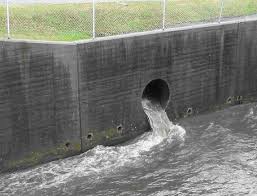
-
Water Drainage
NA
|
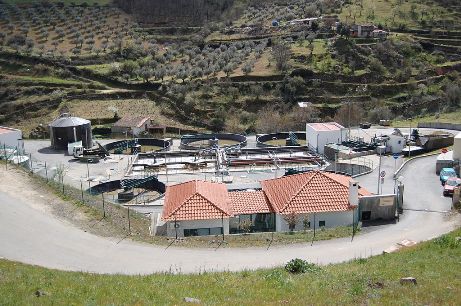
-
Waste Water/Sewage Treatment Plant
Water treatment is, collectively, the industrial-scale processes that makes water more acceptable for an end-use, which may be drinking, industry, or medicine. Water treatment is unlike small-scale water sterilization that campers and other people in wilderness areas practice. Water treatment should remove existing water contaminants or so reduce their concentration that their water becomes fit for its desired end-use, which may be safely returning used water to the environment.
The processes involved in treating water for drinking purpose may be solids separation using physical processes such as settling and filtration, and chemical processes such as disinfection and coagulation.
|
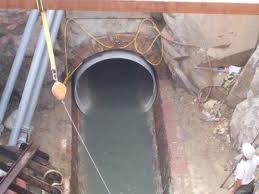
-
Sewer Rehabilition
Restore structural integrity the of sewerage system
- This prevents defects that could lead to chokes, leaks and structural failure of the pipes.
Prevent pollution to waterways
- Leaky sewers would cause pollution to waterways and reservoirs.
Prevent overloading of the sewerage network
- By reducing the amount of groundwater and seawater that infiltrate into sewers, we prevent overloading of pipes.
Restore flow efficiency
- This is done by enhancing conveyance capacity and reducing chokes and blockage.
|
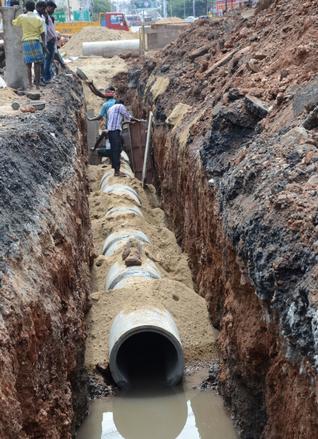
-
Sewage Pipeline
A sanitary sewer (also called a foul sewer) is an underground carriage system specifically for transporting sewage from houses and commercial buildings through pipes to treatment or disposal. Sanitary sewers serving industrial areas also carry industrial wastewater. The system of sewers is called sewerage.
|
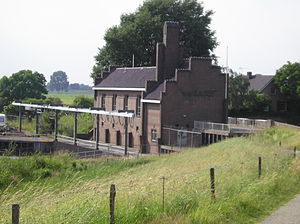
-
Pumping Station
Pumping stations are facilities including pumps and equipment for pumping fluids from one place to another. They are used for a variety of infrastructure systems, such as the supply of water to canals, the drainage of low-lying land, and the removal of sewage to processing sites.
|
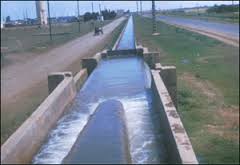
-
Canal Irrigation System
Irrigation is the artificial application of water to the land or soil. It is used to assist in the growing of agricultural crops, maintenance of landscapes, and revegetation of disturbed soils in dry areas and during periods of inadequate rainfall. Additionally, irrigation also has a few other uses in crop production, which include protecting plants against frost,[1] suppressing weed growth in grain fields[2] and preventing soil consolidation.[3] In contrast, agriculture that relies only on direct rainfall is referred to as rain-fed or dryland farming.
Irrigation systems are also used for dust suppression, disposal of sewage, and in mining. Irrigation is often studied together with drainage, which is the natural or artificial removal of surface and sub-surface water from a given area.
|
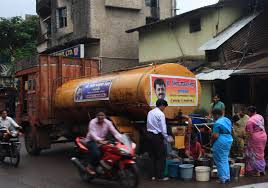
-
Urban and Rural Water Supply
Drinking water supply and sanitation in India continue to be inadequate, despite longstanding efforts by the various levels of government and communities at improving coverage. The level of investment in water and sanitation, albeit low by international standards, has increased in size during the 2000s. Access has also increased significantly. For example, in 1980 rural sanitation coverage was estimated at 1% and reached 21% in 2008.[7][8] Also, the share of Indians with access to improved sources of water has increased significantly from 72% in 1990 to 88% in 2008.[7] At the same time, local government institutions in charge of operating and maintaining the infrastructure are seen as weak and lack the financial resources to carry out their functions. In addition, only two Indian cities have continuous water supply and an estimated 69% of Indians still lack access to improved sanitation facilities.
|















